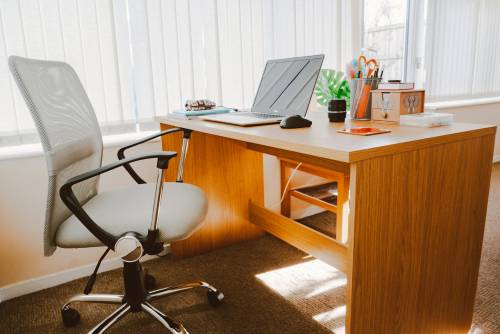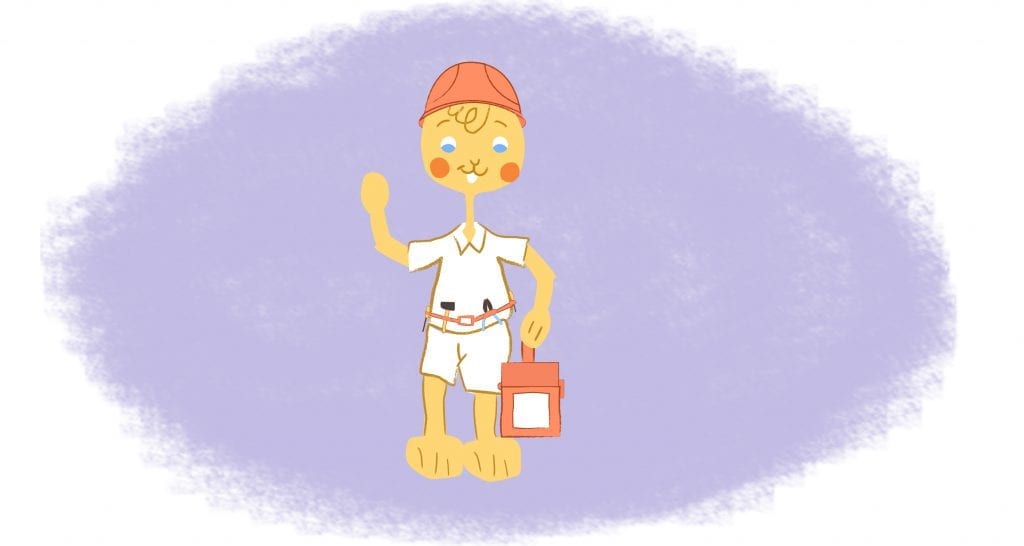

Imagine a workplace where everything has its place, efficiency is king, and frustration is nothing more than a distant memory. Unlike a pipe dream, this can be a reality. How? Using the 5S system is an effective tool for improving productivity and organization.
What is 5S?
When it comes to 5S, waste is eliminated, flow is improved, and processes are reduced. It’s based on five principles:
- Sort (seiri)
- Set in order (seiton)
- Shine (seiso)
- Standardize (seiketsu)
- Sustain (shitsuke).
Developed by Hiroyuki Hirano during the post-war Japanese. era, 5S Lean has been used by Toyota for many years. With 5S principles incorporated into its world-famous production system, Toyota became a prolific manufacturer.
In lean manufacturing, there are many tools like 5S, kaizen, kanban, jidoka, heijunka, and poka-yoke. In the Toyota Production System, 5S is considered a cornerstone component since consistently good results can’t be achieved without a clean, well-organized, well-lit workplace.. If a workspace isn’t organized, mistakes can happen, production slows down, and accidents can happen. Those things can disrupt operations and hurt businesses.
An organized facility is more likely to facilitate a company’s production as planned. An organized facility is more likely to facilitate a company’s production as planned.
As a result of Toyota’s success, companies across a variety of industries have started implementing 5S practices. Many companies have found success with 5S Lean, including HP, Boeing, Harley-Davidson, Nike, John Deere, and Ford.
1. Sort (Seiri): Declutter with Purpose
It all begins with sorting. However, the goal isn’t just to throw things away. Instead, you want to identify and eliminate unnecessary items.
Basically, you are evaluating your workspace or possessions critically. In particular, identify items that are:
- Frequently used.
- Rarely used.
- Completely unnecessary.
From there, discard unused items in the trash. You should, however, recycle or sell whatever you can.
You should relocate a rarely used one if you have to keep it. In a closet, for example, you can store them in storage bins.
Finally, make sure essentials are easily accessible. Consider using under-desk organizers so that you can still keep things organized, but they won’t be in the way.
In short, by decluttering from the beginning, you are laying the foundation for organization — freeing up valuable space and eliminating waste.
You might find this to be a tedious task. However, what is the alternative? A cluttered desk overflowing with papers, sticky notes, folders, and phone chargers.
Sorting helps you get rid of outdated documents, organize your current projects, and arrange your tools properly. It saves you time and minimizes frustration by making finding what you need quick and effortless.
2. Set in Order (Seiton): A Place for Everything and Everything in Its Place
After decluttering, reorganize your remaining items logically and efficiently. Even though you are free to do this however you like, this usually involves the following:
- Organizing everything into specific storage areas.
- Making sure frequently used items are easily accessible.
- Implementing visual cues, such as labels and color coding.
The result? It streamlines workflows, reduces wasteful searches, and facilitates a calmer work environment.
While not everyone enjoys organizing, just picture a chaotic desk drawer scattered with business cards, rubber bands, receipts, and batteries. “Set in Order” assigns slots to tools, labels them, and organizes them based on their size, function, or frequency of use. This results in faster workflows and decreased delays because picking up the right item becomes instinctive.
3. Shine (Seiso): Keeping Your Space Clean and Pristine
“Shine” goes beyond mere organization and focuses on ongoing cleaning and maintenance. In the end, cleanliness goes beyond aesthetics. The goal is to create a safe and healthy work environment.
Regularly cleaning your workspace not only promotes hygiene by removing dust, dirt, bacteria, and other hazards. A dirty desk is estimated to contain 400 times as many germs as a toilet seat, so many office workers are at risk of illness.
Furthermore, this makes it easier to inspect and detect potential problems early on. As a bonus, you create an atmosphere of pride and well-being by including cleaning in your daily routine.
Close your eyes and picture a dusty office full of clutter. “Shine” promotes regular cleaning, tidying, and equipment maintenance for a healthier environment, fewer safety hazards, and longer equipment lifespans.
4. Standardize (Seiketsu): Maintaining Consistency and Visual Cues
An organized space is one thing, but maintaining it is another.
The goal of “Standardize” is to create clear, visual guidelines to maintain order. However, there’s more to it than color coding and labels. You’ll need clear procedures and visual aids, like checklists and designated storage areas, so everyone knows what to do. Also, a schedule shows who’s responsible for what cleaning tasks and when they need to be done.
As a result, consistency is promoted, confusion is reduced, and deviations are easier to identify and rectify.
Further, you should keep your desk clean and do 5S maintenance regularly. When you create your daily to-do list using the 1-3-5 method, you can include 5S maintenance among your five smaller tasks. Or if you’re timeboxing, make sure to schedule a time every week for it in your calendar.
5. Sustain (Shitsuke): Embedding Continuous Improvement
Ultimately, long-term success depends on the principle of “Sustain.” Developing a culture of continuous improvement and discipline in which everyone plays an active role in maintaining standards is essential to the process. As the system evolves, celebrate successes, discuss challenges collaboratively, and solicit feedback to improve it.
As the system evolves, celebrate successes, discuss challenges collaboratively, and solicit feedback to improve it.
Consider the example of an organization that initially implemented the 5S system, but slowly reverted to old habits. To maintain the system, there must be regular audits, training, and reminders to keep everyone involved. The result is a culture of order and continuous improvement, ensuring long-term success.
Beyond Organization: The Transformative Power of 5S
In addition to decluttering, the 5S system promotes a culture of organization, efficiency, and continuous improvement. The following benefits can be reaped by implementing these principles:
- Increased productivity. Improve workflow efficiency by eliminating wasted time searching for items.
- Reduced costs. By minimizing waste and preventing equipment damage, you can save money.
- Improved safety. Ensure that the work environment is clean and organized to minimize safety hazards.
- Enhanced quality. Using standardized practices and consistent processes leads to higher-quality outputs.
- Elevated morale. Having a clean and organized workplace makes you more productive.
Whether applied to a manufacturing plant, an office, or even your personal life, 5S offers a powerful framework for improving organization, efficiency, and satisfaction. To unlock the full potential of this transformative approach, embrace its principles and create a culture of continuous improvement.
FAQs
What is the 5S System?
The 5S system is a methodology for organizing workplaces that originated in Japan.
- Sort (Seiri). Get rid of unnecessary items and waste.
- Set in order (Seiton). Make it easy to access tools and equipment by organizing them.
- Shine (Seiso). Avoid clutter and maintain a clean environment.
- Standardize (Seiketsu). For the first three steps, establish consistent procedures.
- Sustain (Shitsuke). The 5S practices should be continuously improved and maintained.
Is 5S just for manufacturing?
From offices to hospitals to retail stores, 5S can be applied anywhere.
How can I get started with the 5S system?
Although there is no one-size-fits-all approach, there are some common steps to follow:
- Assess your current workspace. By observing and asking employees for feedback, identify areas of improvement.
- Develop a plan. For each stage of the 5S process, define your goals, timeline, and responsibilities.
- Start small and focus on one area at a time. This allows for easier implementation and quicker wins.
- Engage your employees. Include them in the process to get their buy-in.
- Celebrate successes and continuously improve. You can refine your system by recognizing milestones and using feedback.
How long does it take to implement 5S?
Depending on the size and complexity of your organization, there is no set timeframe.
Is 5S expensive?
Since 5S primarily involves a process change, it requires only a small amount of financial investment. Since 5S primarily involves a process change, it requires only a small financial investment.
Image Credit: Lisa Fotios; Pexels











John Rampton
John’s goal in life is to make people’s lives much more productive. Upping productivity allows us to spend more time doing the things we enjoy most. John was recently recognized by Entrepreneur Magazine as being one of the top marketers in the World. John is co-founder and CEO of Calendar.